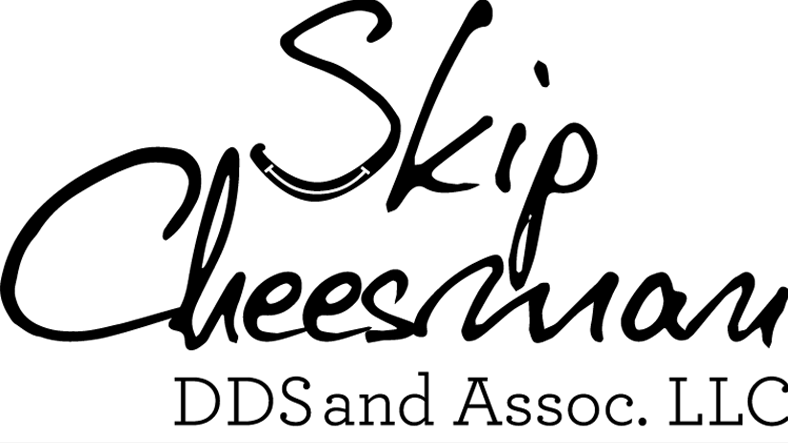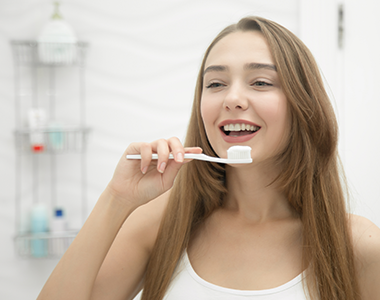
How do your eating habits affect your oral health?
Category : Uncategorized
Diet plays an important role in one’s physical and mental well being, but did you know a healthy diet can help you prevent tooth decay and gum diseases? Tooth decay occurs when the teeth and other hard tissues of your mouth are destroyed due to acidic products from oral bacteria. Some foods have higher levels of bacteria which can cause cavities in your mouth.
It is not correct to say that ill eating habits are a direct cause of gum disease, but improper diet and nutrition can increase the rate at which gum diseases spreads.
Poor nutrition not only affects the entire immune system, but also increases the risk to many disorders. People with weak immune systems are at higher risk for periodontal diseases. In addition, researchers have identified a link between oral health and systemic conditions, like diabetes and cardiovascular diseases. Thus, eating a well-balanced diet not only improves your dental health, but may also reduce the risk of other diseases.
What constitutes a balanced diet for a healthy lifestyle?
It is recommended to eat a well-balanced diet which includes moderation and variety. You should try to develop eating habits that follow the recommendations from reputed health organizations such as the American Dietetic Association and the National Institutes of Health. For a balanced diet, it is recommended to select foods from the five major food groups: fruits, vegetables, breads and cereals, milk and dairy products and meat, chicken, fish or beans. In addition, it can be beneficial to take in the recommended amount of fiber and vitamins in your diet.
Protect your dental health by maintaining a moist mouth by drinking lot of water. Saliva helps in protecting both hard and soft oral tissues. If you have a dry mouth, use sugarless candy or gum to stimulate saliva. Foods that stick to your teeth, or contain sugar or starches, can lead to tooth decay. So when you snack, avoid soft, sweet and sticky foods such as cakes, candies and dried fruits. Instead, choose food items like nuts, raw vegetables, plain yogurt, cheese and sugarless gum or candy. When you eat fermentable carbs, like crackers, cookies and chips, eat them with your meal. Combinations of foods neutralize the acids in the mouth and inhibit tooth decay. For example, enjoy cheese with crackers. When you do have the occasional sugary snack, be sure to brush and floss well.
How can your dentist help you with your nutritional status?
Conditions like tooth loss, pain, or joint dysfunction can impair chewing and are common in older adults, those who are on restrictive diets, and those who are undergoing any medical treatment. People experiencing these problems may be too isolated or weak to eat nutritionally balanced meals at a time when it is particularly critical. Talk to your dental health professional about what you can do for yourself or someone you know in these circumstances. Your dentist should help you by suggesting a balanced diet which is healthy for your teeth and body.

